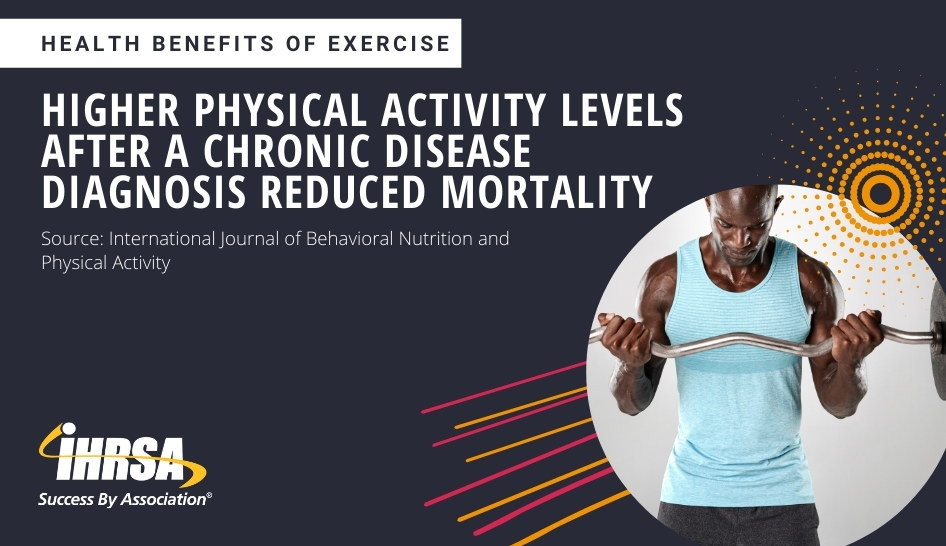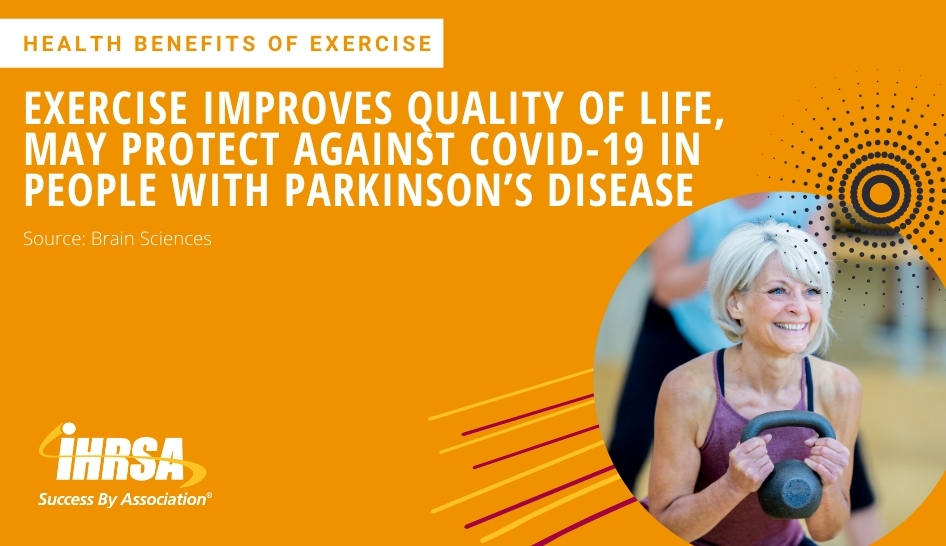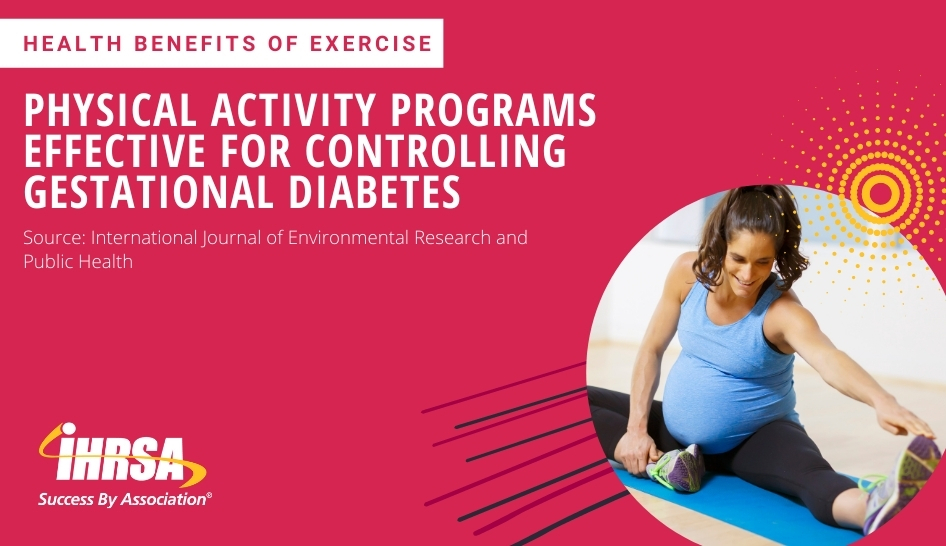The Health Benefits of Exercise Report is a newsletter and article series in which we select three peer-reviewed articles, summarize the key findings, and provide social media images for you to share with your community. You can read previous articles here.
As the COVID-19 pandemic persists, maintaining a physically active lifestyle continues to present a challenge. However, we know that exercise is a key measure to help prevent chronic health conditions that still affect millions of people and increase the risk of severe COVID-19. This month’s edition of the Health Benefits of Exercise Report covers:
- A systematic review and meta-analysis of evidence regarding the dose-response relationship between mortality and physical activity in people with type 2 diabetes, breast cancer, chronic obstructive pulmonary disease, and ischemic heart disease.
- The benefits of physical activity for immune system function, quality of life, and protection against COVID-19 in people with Parkinson’s disease.
- A review of evidence supporting the efficacy of physical activity for controlling blood glucose in women with gestational diabetes.



